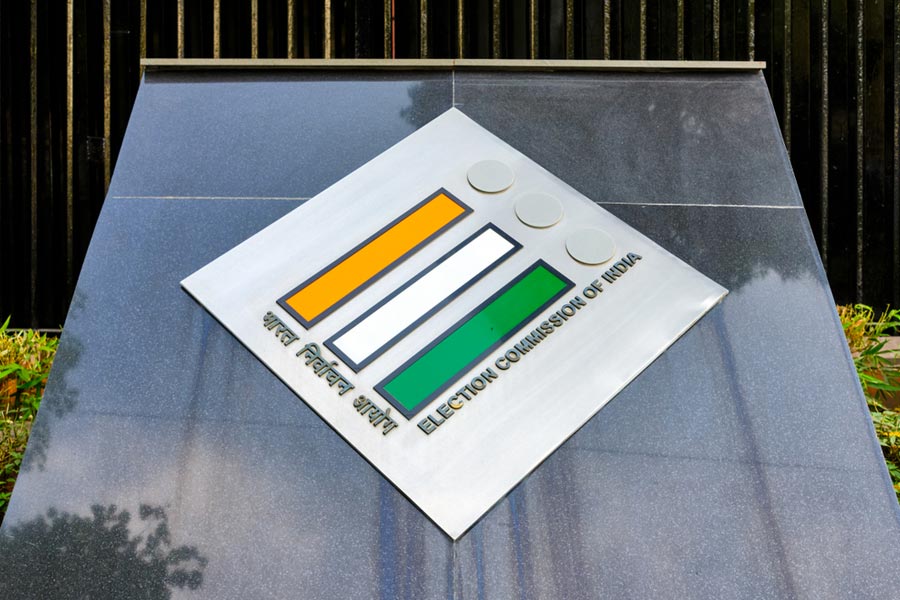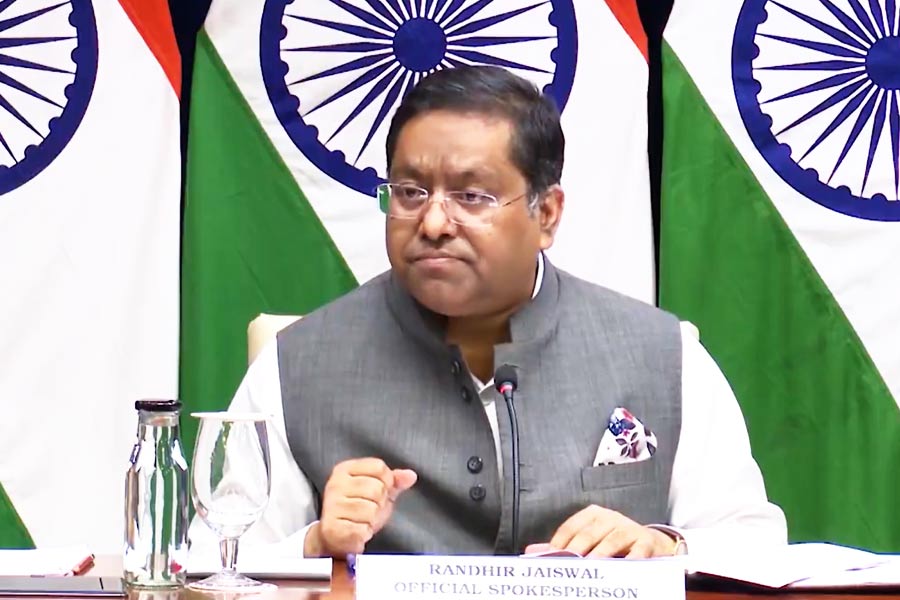 |
| Alice in Squanderland |
One of the richest persons in the world, Warren Buffet, has not become rich by sheer luck or circumstance. He has been good at exploring opportunities for investment. He is entrusted with billions of dollars by Americans and others for investment. The news is that he has declared himself a sceptic about the future of the greenback — a warning signal for those who deal in foreign currencies.
In the November 17, 2003 issue of Fortune, Buffet expressed his concerns very vividly, narrating a fable about two imaginary islands, Squanderville and Thriftsville. He compares the United States of America to Squanderville, which buys 4 per cent more goods and services from the rest of the world than it produces, represented by Thriftsville. Thriftsville supplies these goods and services in return for bonds, which are denominated in Squanderbucks. This is generally representative of the present situation of the global economy in which the rest of the world is financing the excess consumption of US by lending resources to the US economy for which it receives bonds in dollars.
Buffet extends his fable into the future in which Squanderville continues to accumulate liabilities to Thriftsville. Thriftsville accumulates in turn a huge quantity of bonds, representing the rest of the world’s claims on future output of Squanderville. Trouble is brewing. Experts warn Squanderville that it is difficult to service such large liabilities.
Thriftsville residents are aware of the risks they face. In Buffet’s words, they start to ask “What good is it to hold the IOUs of a shiftless island?” They change their approach. They sell most of their bonds to Squanderville residents. They get in return other scraps of paper — Squanderbucks. They start using these bucks for buying Squanderville Island. Eventually, Thriftsville owns all of Squanderville. In effect, Squanderville has been colonized by purchase rather than conquest.
Buffet’s remarks are a true reflection of the emerging global economic reality. He compares the situation with what obtained in the global economy after World War II. Ever since the war ended and till the Seventies, the US economy operated in the Thriftsville mode, selling more goods and services than it purchased. In the result, it invested lots of resources in the rest of the world. The US’s net investment, which included investment inside the US as well as that outside, was significant. This, in turn, gave rise to a large reverse flow of income in the shape of dividends. This continued till the Seventies.
Over the last five years, the decline in fortunes has speeded up. The rest of the world owns a surprising $2.5 trillion more of the US than the US owns of other countries. Buffet quotes a figure of 5 per cent as the percentage of the national wealth held by foreigners. To add to it, foreign ownership of the US climbs at $ 500 billion a year — the amount by which the US lives beyond its means in a year. This means that the annual deficit increases even further, to the extent that these liabilities carry a cost in terms of interest and dividends. This is a world of compounding of interest. This spending spree cannot continue indefinitely.
Buffet notes that the US is able to enjoy a special status because of its special circumstances. It is able to behave at present with a sense of irresponsibility because of its past record of good behaviour. So to say, the US has a national credit card with large drawing limits. This is supported by the large amount of desirable assets which the US has. But, there is a drawing limit to the US’s credit card.
In this connection, I would like to draw attention to the remarks of Kenneth Rogoff, former chief economist of the International Monetary Fund: “Foreign creditors give poor countries just enough rope to hang themselves. They are giving the US enough rope to tie the noose around their neck several times.” This contradiction is self-evident to all except those who should be concerned — the “creditor nations” of Asia and Europe, who are pumping their reserves into American securities denominated in a potentially falling currency and offering low returns.
In a way, this is particularly a real-life dilemma for the central banks of Asia, which are accumulating dollar-denominated assets as they intervene in their forex markets to buy dollars with a view to keeping their own currencies at a low value. This is needed rightly, in their view, lest their own currencies appreciate too high for their exporters to be able to compete. Rogoff’s analogy could be extended to say that the rope Asia extends to the US may not be a noose but a lifeline to help its own exporters to grow.
Buffet, true to his reputation as an investment sage, has also suggested a solution to the US crisis. He believes that the US can escape the problems of insufficient exports by introducing an import certificate, which enables exporters to finance imports. These certificates will be tradable and will be useful for financing imports. The suggested solution is similar to what India tried in the Nineties — the exim scrips. Ultimately, these gimmicks are, however, not worth the while. Every currency finds its level, whatever the gimmicks. Eventually, a dollar devaluation may be inescapable. This should concern our reserve managers because the value of our billions of dollars will take a hit if the dollar sinks further. Hopefully, our central bank has distributed its nest-egg in diversified currencies, but mostly it would be in dollars. A decline of the dollar may prove costly.
We may, however, note that expert opinion is not all on the side of Buffet. Alan Greenspan himself is confident of the US’s soft landing. He feels that market forces will eventually defuse the deficit. But the fact is that Greenspan’s forecast means that the dollar may devalue. The rest of the world has necessarily to spend sleepless nights over what it means for the value of its reserves.
Today, the lesson of Buffet’s fable cannot be lost in the hype that Greenspan’s optimism offers. The fact is that it is the flow of Asian capital which keeps interest rate low in the US and sustains its rate of expansion such as it is. It is arguable whether there will be a smooth landing or an explosive collision. But, in both events, the US’s exchange rate has to adjust and it will go downward.
The dangers posed by the US’s extravagance are picturesquely summed up by a story narrated by French economist, Jacques Rueff. He said, “If I had an arrangement with my tailor that whatever I pay him returns to me the very same day as a loan, I would have no objection at all at ordering more suits from him”. Similarly, America continues to order goods from Asia, paying for them with funds which Asia lends to the US as loans. This is a Ponzi game, which has to end in due course, in an implosion of financial order.
It would be unfortunate if we come to the end of this game with a crisis, resulting in the US withdrawing within a protectionist shell. Its repeated attempts to restrict imports of goods and services — steel from China, software from India — are all indications of such dangerous trends. The time has come for all countries to get together to attempt a solution of this problem.
Meanwhile, of immediate import is the question of what happens to our reserves, kept in US dollars. How much is kept in US dollars is not known. We need to be satisfied that sufficient safeguards are taken to ensure that the reserves do not turn to empty scraps of Squanderbucks. What happened to our sterling balances with the devaluation of UK’s sterling should not happen to our reserves with the US’s dollar devaluation. Buffet’s fable holds lessons not only for the US, but for the rest of the world as well.










